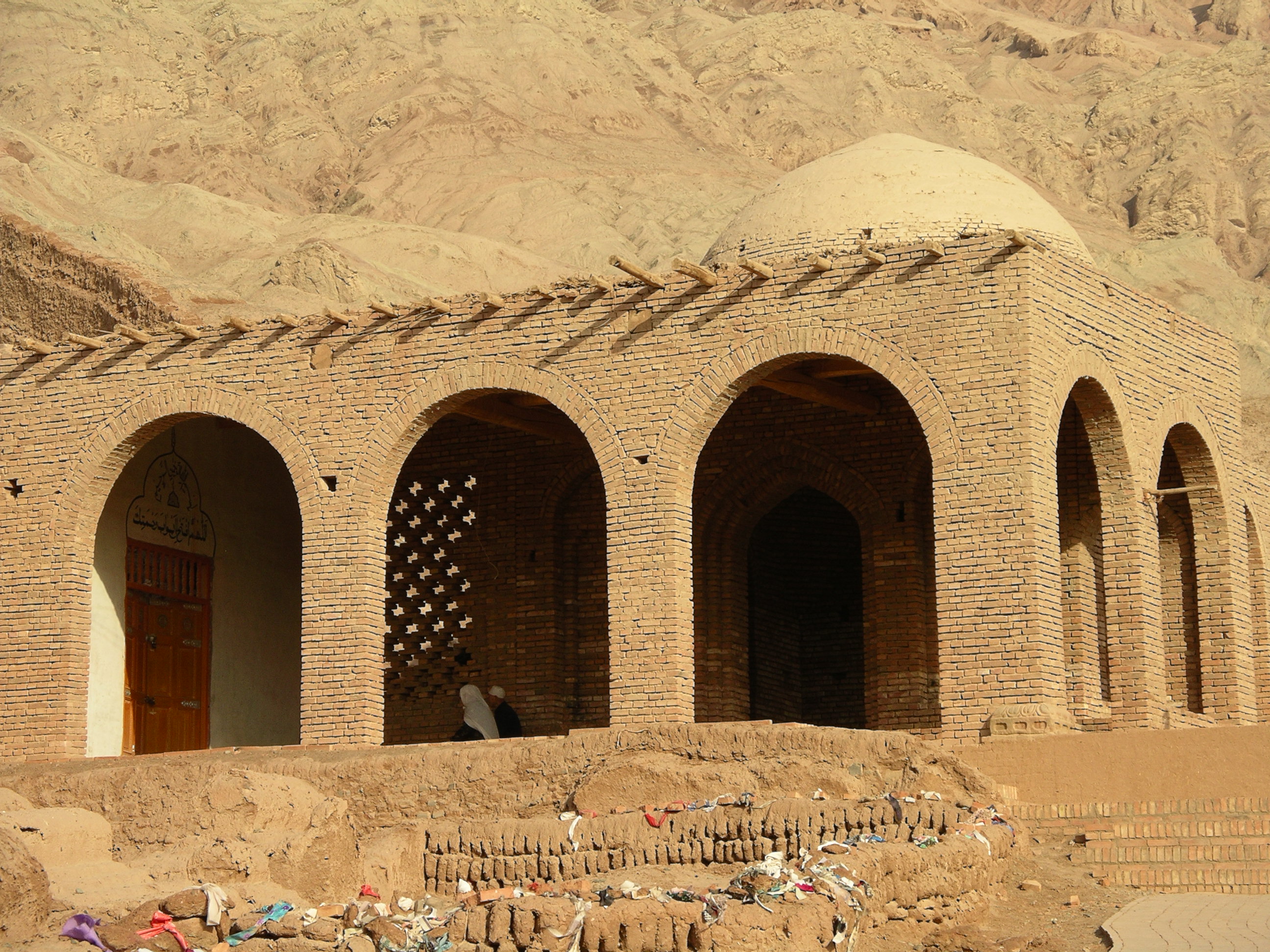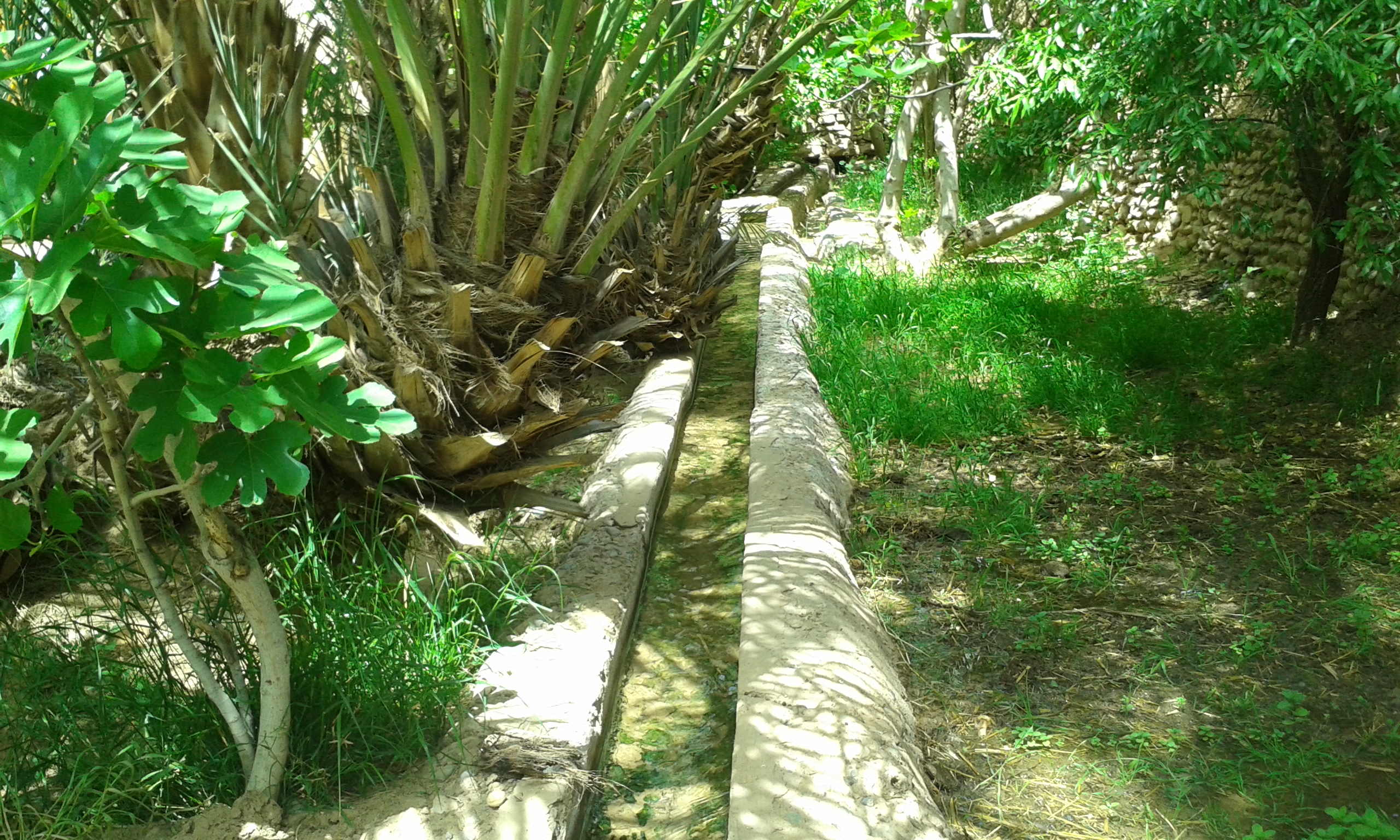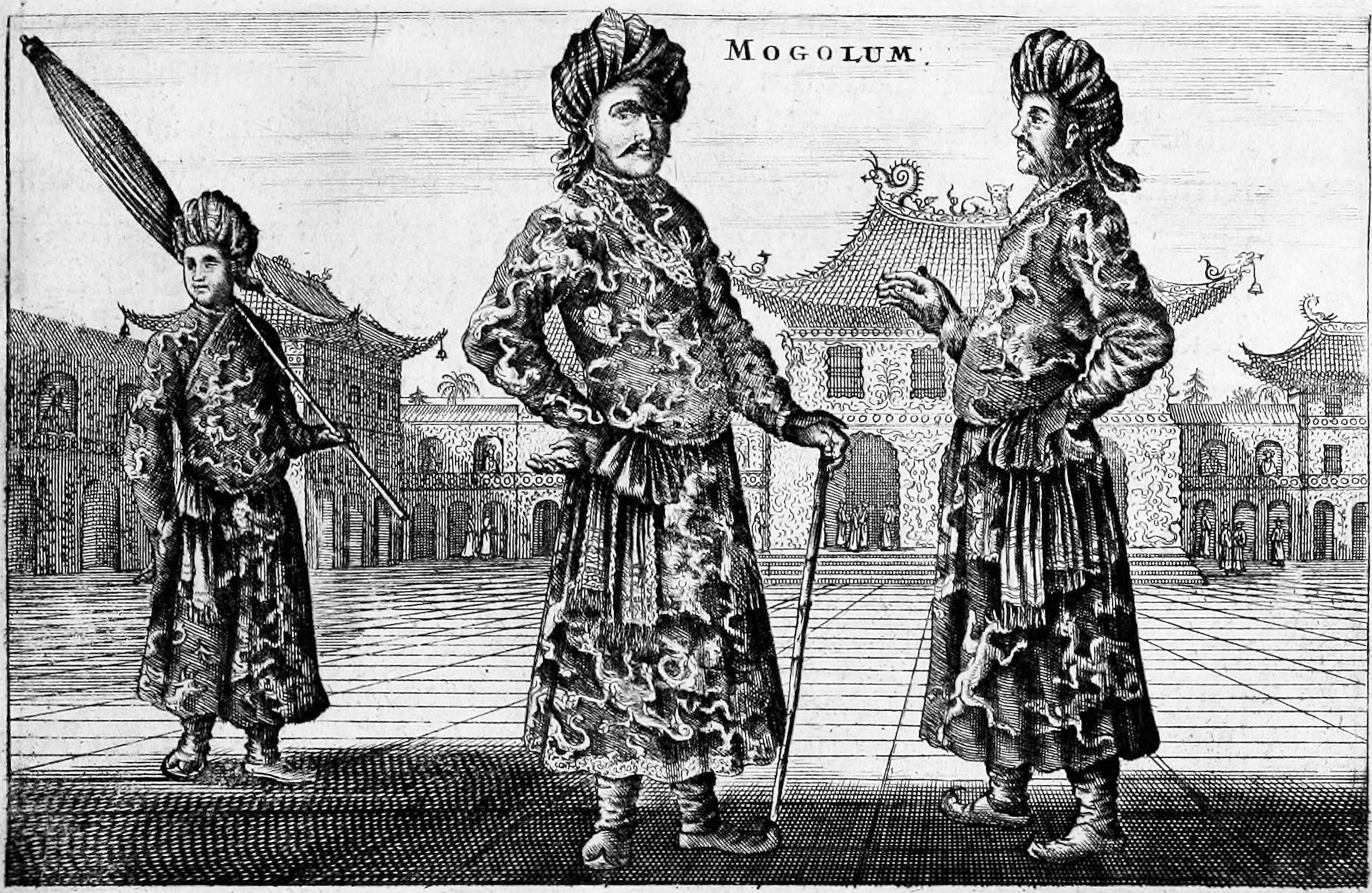|
Tuyoq Valley
Tuyoq or Tuyugou or Tuyuk (; ) is an ancient oasis-village in the Taklamakan Desert, 70 km east of Turpan in Shanshan County in a lush valley cutting into the Flaming Mountains, with a well preserved old Uyghur people, Uyghur style village, and few tourists. It is famous for its seedless grapes and a number of ancient Buddhist grottoes meditation caves nearby containing Buddhist murals and frescos.Bonavia (2004), pp. 241-242. Footnotes References * Bonavia, Judy (2004). ''The Silk Road: Xi'an to Kashgar''. Revised by Christoph Baumer. Odyssey Guides. Hong Kong. . Oases of China Turpan Villages in China {{Xinjiang-geo-stub ... [...More Info...] [...Related Items...] OR: [Wikipedia] [Google] [Baidu] |
Oasis
In ecology, an oasis (; : oases ) is a fertile area of a desert or semi-desert environmentBattesti, Vincent (2005) Jardins au désert: Évolution des pratiques et savoirs oasiens: Jérid tunisien. Paris: IRD éditions. . that sustains plant life and provides habitat for animals. Surface water may be present, or water may only be accessible from wells or underground channels created by humans. In geography, an oasis may be a current or past rest stop on a transportation route, or less-than-verdant location that nonetheless provides access to underground water through deep wells created and maintained by humans. Although they depend on a natural condition, such as the presence of water that may be stored in reservoirs and us ... [...More Info...] [...Related Items...] OR: [Wikipedia] [Google] [Baidu] |
Taklamakan Desert
The Taklamakan Desert ( ) is a desert in northwest China's Xinjiang region. Located inside the Tarim Basin in Southern Xinjiang, it is bounded by the Kunlun Mountains to the south, the Pamir Mountains to the west, the Tian Shan range to the north, and the Gobi Desert to the east. Etymology While most researchers agree on being the Persian word for "place", etymology of ''Takla'' is less clear. The word may be a Uyghur borrowing of the Persian , "to leave alone/out/behind, relinquish, abandon" + ''makan''. Another plausible explanation suggests it is derived from Turki ''taqlar makan'', describing "the place of ruins". Chinese scholars Wang Guowei and Huang Wenbi linked the name to the Tocharians, a historical people of the Tarim Basin, making the meaning of "Taklamakan" similar to "Tocharistan". According to Uyghur researcher Turdi Mettursun Kara, the name Taklamakan comes from the expression Terk-i Mekan. The name is first mentioned as Terk-i Makan (ترك مكان ... [...More Info...] [...Related Items...] OR: [Wikipedia] [Google] [Baidu] |
Turpan
Turpan () or Turfan ( zh, s=吐鲁番) is a prefecture-level city located in the east of the Autonomous regions of China, autonomous region of Xinjiang, China. It has an area of and a population of 693,988 (2020). The historical center of the prefectural area has shifted a number of times, from Jiaohe ruins, Yar-Khoto (Jiaohe, to the west of modern Turpan) to Qocho (Gaochang, to the southeast of Turpan) and to Turpan itself. Names Historically, many settlements in the Tarim Basin, being situated between Chinese, Turkic, Mongolian, and Persian language users, have a number of cognate names. Turpan or Turfan is one such example. The original name of the city is unknown. The form Turfan, while older than Turpan, was not used until the middle of the 2nd millennium CE and its use became widespread only in the post-Mongol period. History Turpan has long been the centre of a fertile oasis (with water provided by the ''Turpan water system, karez'' canal system) and an important tra ... [...More Info...] [...Related Items...] OR: [Wikipedia] [Google] [Baidu] |
Shanshan County
Shanshan County ( zh, s=鄯善县) as the official romanized name, also transliterated from Uyghur as Piqan County (; zh, s=皮羌县, links=no), is a county within the Xinjiang Uyghur Autonomous Region and is under the administrative jurisdiction of the prefecture-level city of Turpan. It contains an area of , occupying the eastern majority of Turpan. According to the 2002 census, it has a population of . The county seat is in Shanshan Town. Name The county is named after the ancient Shanshan Kingdom, although the kingdom was actually located mostly outside of the borders of the modern county, in the Lop Nur area. The place was originally named Piqian, and the Grand coordinator and provincial governor of Xinjiang proposed the name of Shanshan when Guangxu Emperor decided to set up a county in 1902. History The local geology and the desert climate made it possible to discover a number of important fossil sites in the area, including China's largest cluster of fossilized dino ... [...More Info...] [...Related Items...] OR: [Wikipedia] [Google] [Baidu] |
Flaming Mountains
The Flaming Mountains () or Huoyan Mountains, are barren, eroded, red sandstone hills in the Tian Shan of Xinjiang. They lie near the northern rim of the Taklamakan Desert and east of the city of Turpan. Their striking gullies and trenches caused by erosion of the red sandstone bedrock give the mountains a flaming appearance at certain times of the day. The mountains are approximately ''probably'' long and wide, crossing the Turpan Depression from east to west. The average height of the Flaming Mountains is , with some peaks reaching over . The mountain climate is harsh, with summer temperatures often rising extremely high. One of the largest thermometers in China is on display adjacent to the mountain, tracking the surrounding ground temperatures. It is a popular tourist spot. A number of important palaeontological remains have been found in the area, see e.g. Lianmuqin Formation and Subashi Formation. Silk route In ancient times, the merchant traders traversing the Sil ... [...More Info...] [...Related Items...] OR: [Wikipedia] [Google] [Baidu] |
Uyghur People
The Uyghurs,. alternatively spelled Uighurs, Uygurs or Uigurs, are a Turkic ethnic group originating from and culturally affiliated with the general region of Central Asia and East Asia. The Uyghurs are recognized as the titular nationality of the Xinjiang Uyghur Autonomous Region in Northwest China. They are one of China's 55 officially recognized ethnic minorities. The Uyghurs have traditionally inhabited a series of oases scattered across the Taklamakan Desert within the Tarim Basin. These oases have historically existed as independent states or were controlled by many civilizations including China, the Mongols, the Tibetans, and various Turkic polities. The Uyghurs gradually started to become Islamized in the 10th century, and most Uyghurs identified as Muslims by the 16th century. Islam has since played an important role in Uyghur culture and identity. An estimated 80% of Xinjiang's Uyghurs still live in the Tarim Basin. The rest of Xinjiang's Uyghurs mostly live i ... [...More Info...] [...Related Items...] OR: [Wikipedia] [Google] [Baidu] |
Mosque In Tuyoq 01
A mosque ( ), also called a masjid ( ), is a place of worship for Muslims. The term usually refers to a covered building, but can be any place where Islamic prayers are performed; such as an outdoor courtyard. Originally, mosques were simple places of prayer for the early Muslims, and may have been open spaces rather than elaborate buildings. In the first stage of Islamic architecture (650–750 CE), early mosques comprised open and closed covered spaces enclosed by walls, often with minarets, from which the Islamic call to prayer was issued on a daily basis. It is typical of mosque buildings to have a special ornamental niche (a ''mihrab'') set into the wall in the direction of the city of Mecca (the ''qibla''), which Muslims must face during prayer, as well as a facility for ritual cleansing (''wudu''). The pulpit (''minbar''), from which public sermons (''khutbah'') are delivered on the event of Friday prayer, was, in earlier times, characteristic of the central city mosque, ... [...More Info...] [...Related Items...] OR: [Wikipedia] [Google] [Baidu] |
Christoph Baumer
Christoph Baumer (born June 23, 1952) is a Switzerland, Swiss explorer and historian of Central Asia. Starting in 1984, he has conducted explorations in Central Asia, China, Tibet and the Caucasus, the results of which have been published in numerous books, scholarly publications, TV and radio programs. Life Baumer grew up in the Swiss Canton of Thurgau. His father was a businessman; his mother had been a war correspondent for the French national press agency and reported during the Finnish-Russian War, Finnish-Russian war in the winter of 1939–1940. Sven Hedin, the renowned explorer of Asia, aided her return to occupied Belgium, at that time her home. As an adolescent, Baumer was already fascinated by the travel reports of Hedin, and these likely laid the foundation for Baumer’s later development. After obtaining a PhD at the University of Zurich, he first worked in business until he became a freelance author and photographer with emphasis on the cultural history of Cent ... [...More Info...] [...Related Items...] OR: [Wikipedia] [Google] [Baidu] |







